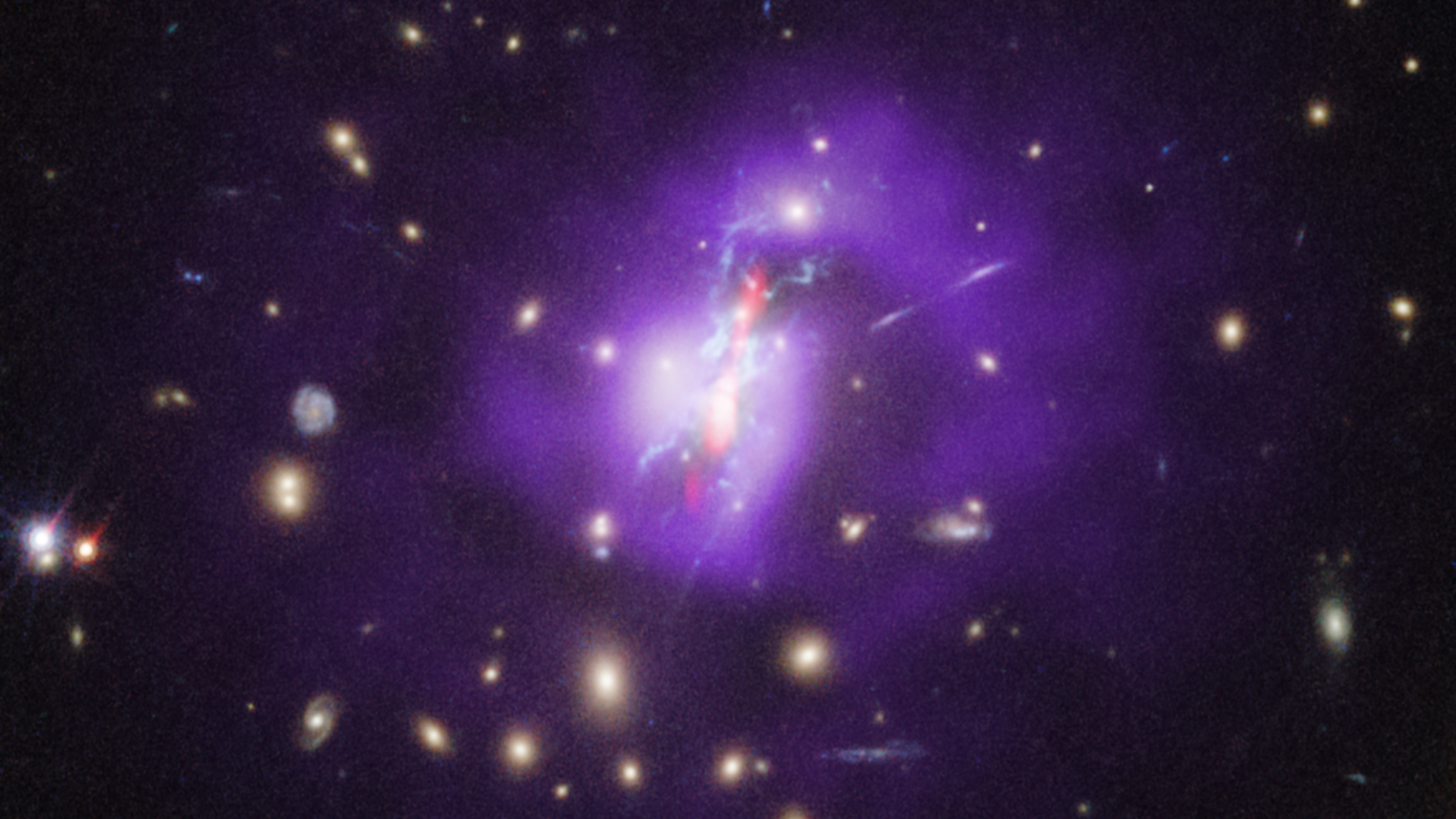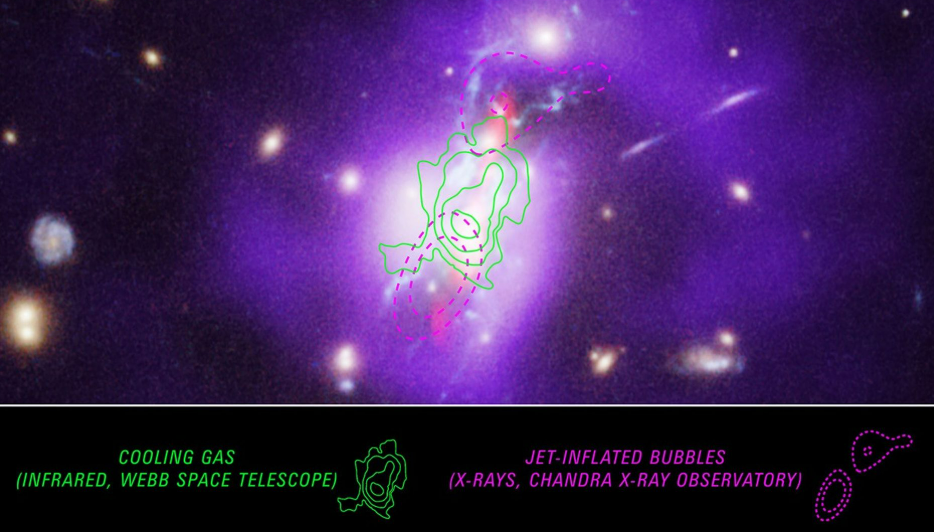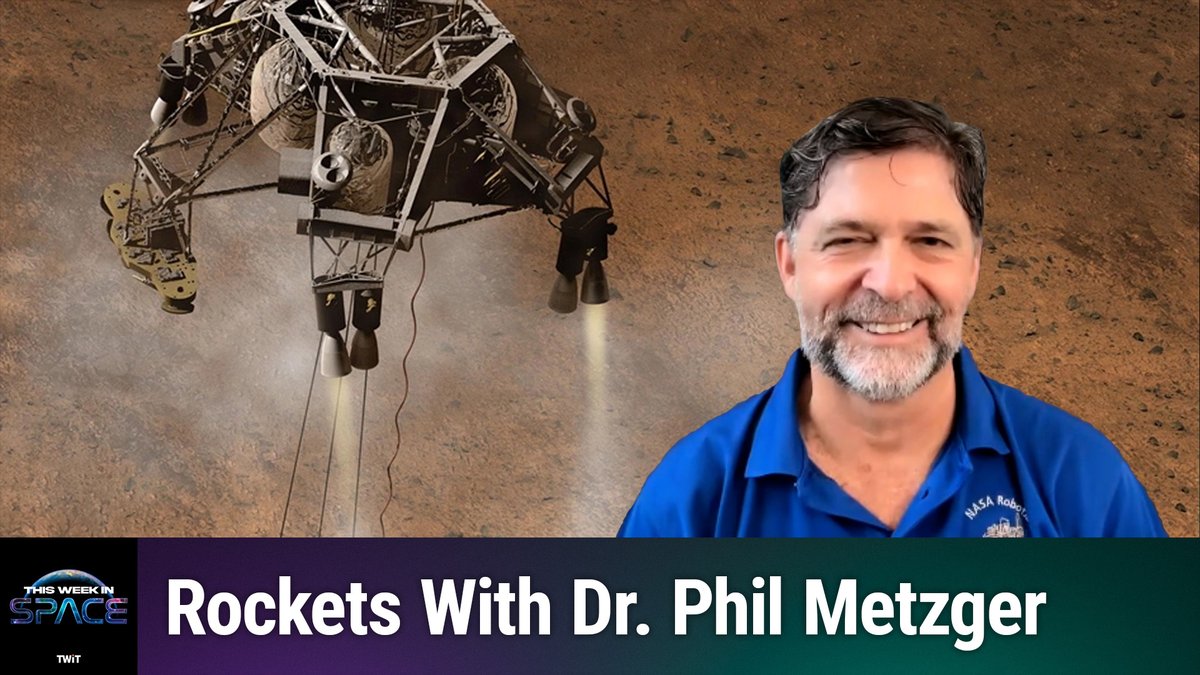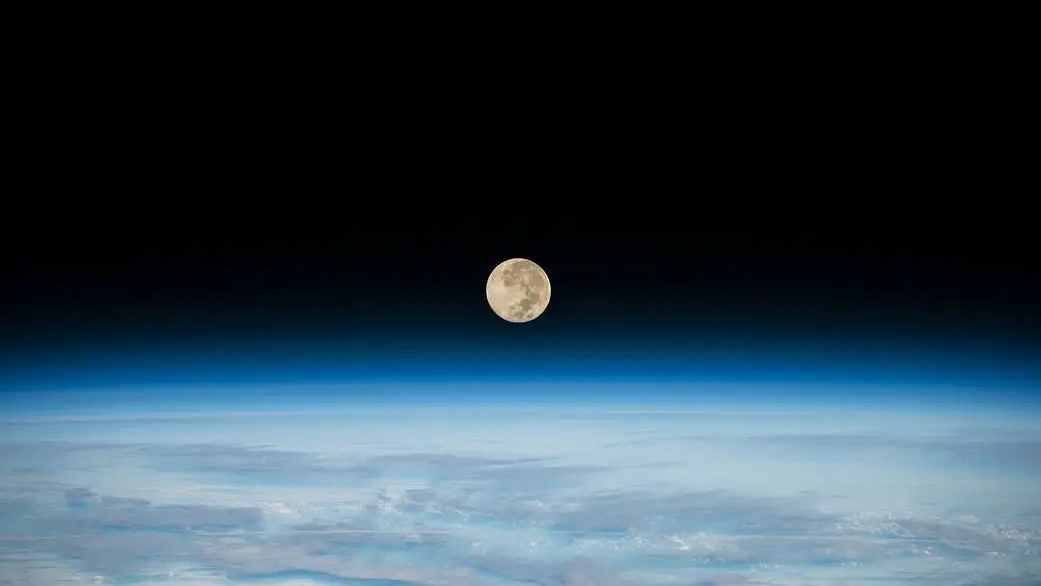James Webb Space Telescope reveals how a cosmic 'Phoenix' cools off to birth stars
"The Phoenix cluster has the largest reservoir of hot, cooling gas of any galaxy cluster."

How do you cool down a phoenix? I don't mean the mythological birds of flame and rebirth, but rather a cosmic namesake with a fittingly fiery nature.
Using the James Webb Space Telescope (JWST), astronomers may finally have the answer. They used the powerful instrument to investigate the extreme cooling of gas in the Phoenix cluster, a grouping of galaxies bound by gravity located around 5.8 billion light-years from Earth.
Stars can only form when gas is cool enough to clump together in overly dense patches, which is why scientists are particularly interested in how the Phoenix cluster forms stars. Indeed, this section of the universe forms stars at an incredible rate.
That incredible rate persists despite the fact that at the heart of the Phoenix cluster is a supermassive black hole 10 billion times as massive as the sun. This monster black hole is acting as a natural particle accelerator driving away gas and keeping it hot — according to theory, this should be curtailing star formation.
This seeming contradiction has led to the Phoenix cluster becoming an object of mystery.
The new JWST investigation might finally put an end to the confusion, however, building upon a decade of previous studies conducted using the Hubble Space Telescope, the Chandra X-ray Observatory and a wealth of ground-based observatories.
"We can compare our previous studies of the Phoenix cluster, which found differing cooling rates at different temperatures, to a ski slope," said Michael McDonald of the Massachusetts Institute of Technology in Cambridge and principal investigator of the program, in a statement. "The Phoenix cluster has the largest reservoir of hot, cooling gas of any galaxy cluster — analogous to having the busiest chair lift, bringing the most skiers to the top of the mountain. However, not all of those skiers were making it down the mountain, meaning not all the gas was cooling to low temperatures.
"If you had a ski slope where there were significantly more people getting off the ski lift at the top than were arriving at the bottom, that would be a problem!"
This team thinks the JWST has finally located these "missing skiers" trapped midway down the Phoenix Cluster temperature "mountain."
The 'missing skiers' on the Phoenix Cluster slope
Using the JWST's Mid-Infrared Instrument (MIRI), the team collected 2D spectroscopic data from the region of the sky containing the Phoenix Cluster, thereby studying this galaxy grouping's core in unprecedented detail.
Get the Space.com Newsletter
Breaking space news, the latest updates on rocket launches, skywatching events and more!
This helped the researchers locate the "missing" cooling gas that contributes to star formation. They also found that this gas, with a temperature of around 540,000 degrees Fahrenheit (300,000 degrees Celsius), was located within cavities in the Phoenix Cluster.

These cavities trace both the incredibly hot gas, with temperatures of 18 million degrees Fahrenheit (10 million degrees Celsius), and the cooled gas, which is 18,000 degrees Fahrenheit (10,000 degrees Celsius).
"Previous studies only measured gas at the extreme cold and hot ends of the temperature distribution throughout the center of the cluster," said McDonald. "We were limited — it was not possible to detect the 'warm' gas that we were looking for. With the JWST, we could do this for the first time."
The sensitivity of MIRI got a boost in this investigation from a natural phenomenon in the Phoenix Cluster that sees neon and oxygen atoms being ionized, or stripped of electrons, in similar environments.
Though ionized oxygen is much brighter, it is only visible in ultraviolet wavelengths of light. Neon, though dimmer, emits infrared light, which the JWST has been built to see.
"In the mid-infrared wavelengths detected by the JWST, the neon VI signature was absolutely booming," team leader and Massachusetts Institute of Technology researcher Michael Reefe said in the statement. "Even though this emission is usually more difficult to detect, the JWST's sensitivity in the mid-infrared cuts through all of the noise.”
Though the Phoenix Cluster is a unique conglomeration of galaxies in terms of many of its characteristics, the team now aims to use this "proof of concept" technique and the sensitivity of MIRI to study other galaxy clusters as well.
The team's research was published on Feb. 5 in the journal Nature.
Join our Space Forums to keep talking space on the latest missions, night sky and more! And if you have a news tip, correction or comment, let us know at: community@space.com.

Robert Lea is a science journalist in the U.K. whose articles have been published in Physics World, New Scientist, Astronomy Magazine, All About Space, Newsweek and ZME Science. He also writes about science communication for Elsevier and the European Journal of Physics. Rob holds a bachelor of science degree in physics and astronomy from the U.K.’s Open University. Follow him on Twitter @sciencef1rst.
-
Ed Stauffer Dark matter evaporates releasing heat or condenses absorbing heat. Thus you have clouds of hot gas surrounding galaxies which combine with gas and dust to rain back down on galaxies.Reply -
Unclear Engineer Extremely speculative that dark matter can emit or absorb "heat", at least in the form of photons. Remember, it is "dark". Other speculative theory is that it does not cool down because it cannot emit photons.Reply









